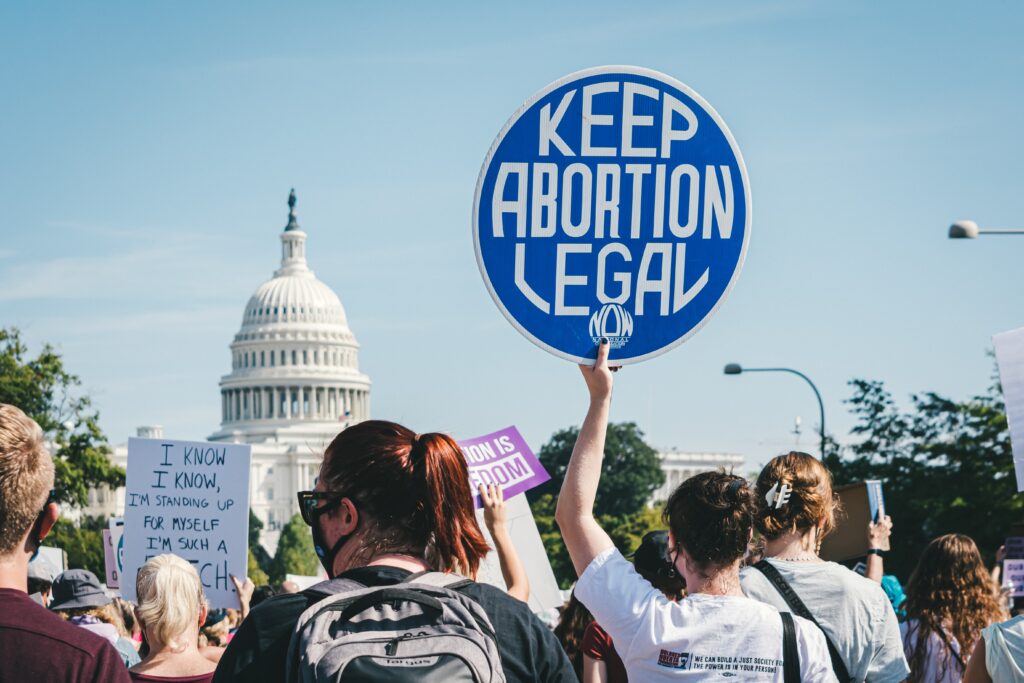
Introduction
To be or not to be might have been Hamlet’s dilemma, but to give rights, or not to give rights to women, has become a modern-day political gag- aimed at curbing the autonomy of women, on their bodies. Despite advancing into the twenty-first century, a big chunk of the political “today” is stuck in thoughts of a regressive conservatism. And even though poverty, inaccessibility, education seems to be major factors governing abortion laws, religion has left the darkest impression on the debate. With contrasting views on the subject, many international fora are often in a state of perplexity, owing to contradictory and messy opinions and views, while trying to accommodate multiple regions. Even so, the fact that abortion is a right and not a stance, cannot be emphasized enough, yet, the issues which regions might face deserve a discussion, for a one size fits all approach for a bodily right can be only established, when proper measurements are tabulated. Hence, the issues are discussed hereunder, and how religion is often the major, yet hidden, destabilizer is also highlighted. The following account discusses how abortion laws work internationally, with region-wise constructive highlighting the good, the bad, and the ugly.
The Americas
Deemed as the crusader of modernity and democracy- the United States of America stands in a dock of thorns when it comes to abortion rights discussions. With the Trump government working on essentially “conservationist” plans of action, the country has seen a superfluity in the implementation of restrictive laws. These abortion laws take away the right of choice, question bodily autonomy, target minorities and people of color, and shatter the feminist perspective. In the name of purity, chastity, and orthodox Christianity, young women are suffering across the country which seemingly is a world leader.
The new Texas abortion laws, the Arizona restrictions, the TRAP laws[1]– despite many states taking steps to make abortion more accessible, the existence of these laws have made the tape play in rewind., stopping it at 15 weeks, when pregnancies are often undetectable.
Latin America paints a dark picture as well, with most countries prohibiting abortion, or allowing it only in extreme cases of health, hazard, or rape. Lack of education is a bigger governing factor in this region, quite opposite to the religious American perspective.
But, a stark contrast is seen when compared to other Latin and North American countries – be it Mexico or Argentina, the perspective is refreshing, to say the least. Recently, despite being the second-largest Catholic country, the Mexican government has passed a landmark, progressive judgment regarding abortions, legalizing them. The same picture can be witnessed in South America- where countries like Cuba, Uruguay, and Guyana[2] have legalized abortion on demand. Hence, being a mix of hope and dismay, the Americas, conclusively, have a long way to go.
Europe
Setting an example for not just the world, but also the signatories of the Geneva Pro-Life consensus, the European Union has done a fairly good job in regulating, legalizing, and liberalizing abortion rights. Countries like the United Kingdom, France, Germany, Netherlands, and even Ireland- a country that has a strong influence of the church, have legalized abortions. The rays of hope get brighter upon realizing that abortion isn’t just legal, but also extremely accessible. But, not every country follows the Irish path. The recent law proposed in Slovakia-[3] another Catholic state- makes it evident that the influence of the church goes far and out. The rule proposed heavy restrictions on abortion. Similar stead was followed by Portugal as well.
The mix of orthodox sentiments with retrogressive thought processes will reel the EU back in time if not enough measures are taken. Considering the growing influence of the church, more focus on practical, scientific, and realistic approaches should be initiated. Moreover, the members of the Geneva Consensus include African states as well- where abortion is illegal and inaccessible, and health care in general, is in shambles. So an inclusive approach seems like a viable option at this point, and with the EU’s influence, the dream of bodily autonomy might as well become a reality.
Asia
Asia presents interspersed narratives when it comes to abortions. In countries like China and India, with exponential population growth- abortion poses itself as a resort, however, only China looked at it that way under the garb of its one-child per family policy. Subsequently, due to policy deceleration in the early 1990s abortions remain less common today but are freely available without any defined time limits.
India on the other hand has updated its abortion laws recently and abortions can be performed until 24 weeks[4] of pregnancy and accommodations have been enforced for victims of rape, incest and differently-abled women and minors thus, giving the Indian law a progressive and human outlook.
Abortion and women health issues in Japan have been promoted albeit been altered from the regime to regime- currently omitting all references to eugenics, abortion is legal within the first 24 weeks of pregnancy and an interesting inclusion is made for economically and socially unable mothers or parents.
Overall, with both liberal and conservative regimes in power, abortions remain an under-construction deliberation in this region.
Middle East
In this region, the abortion discourse goes beyond a ‘woman’ or ‘choice’ centric issue and takes up a religious cloak of interpretation. It is curbed into the corner with other “taboos”, however, the surfacing Feminist revolution and “concept of choice” narratives have begun to cause a stir, however cramped.
Due to a tandem that exists between Islamic law and national laws pro- life outlooks in this region vary from country to country. We have countries ranging from an extreme anti-abortion stance to ones still making a calculated stride, all the way to those that are comparatively liberal in their abortion views.
Tunisia allows abortions during the first trimester and after 12 weeks if the mother’s physical or mental health is at risk and in cases of fetal abnormalities. However, community-wise illegal abortions remain an obstacle here. Israel and Turkey have given considerable consideration to factors like rape, mental health, fetal impairment and have offered a pro-life, pro-choice outlook to mothers by providing sanctioned, approachable authorities for the same.
Saudi Arabia, Iran and Egypt fall amongst nations that have made only marginal success in incorporating concerns of women health- abortion in particular. In 2011, Saudi Arabia presented a law that revolves around “ensoulment” (the moment in which the human gains a soul) and has allowed abortion after 120 days of conception or 19 weeks[5] of gestation following such ensoulment or if the foetus is malformed and if intrauterine death is confirmed by trustworthy authorities in the respect and pre-requisites that consent be provided by parents or delegated persons. In Iran and Egypt, abortions remain illegal and a
Conclusion
The discussion around abortion laws and women health issues has always lacked a stakeholder consideration. Abortion must not be evaluated as a social or political issue but should be seen from the lens of an individualistic crisis and the right to one’s own choices. As we progress in all other spheres of human capability we must not leave aspects of womanhood behind and if we – by legal or structural omissions, we must be willing to reassess the impact of the same of humankind as one. The abortion panorama needs to be re-established as a “right” rather than a “pro-life” or “anti-life” stance, only then will we begin to give it the deliberation it deserves. In the 21st century, the inclusion of the right to abortion in the Feminist agenda must be a calculated step so as to tip the scales in no favour- but to the sole benefit of the mother and the woman. This debate must also be given a seat at the international and global institutional levels where the larger gender-equality menu is already blowing hot and has garnered the attention it awaited.a
- Spitzer, E., & Ellmann, N. (2021, September 21). State Abortion Legislation in 2021. Center for American Progress https://www.americanprogress.org/issues/women/reports/2021/09/21/503999/state-abortion-legislation-2021/
- Across Latin America, abortion restrictions are being loosened. (2021, September 12). Los Angeles Times. https://www.latimes.com/world-nation/story/2021-09-12/across-latin-america-abortion-restrictions-are-being-loosened
-
Brzozowski, A., & Margaryan, R. (2020, November 19). Abortion rights: An open wound in many European countries. Www.euractiv.com.
-
Subramaniam, C. (n.d.). India’s new abortion law is progressive and has a human face. ORF. https://www.orfonline.org/expert-speak/india-new-abortion-law-progressive-human-face-62023/
-
Abortion Laws Around the World. Pew Research Center’s Religion & Public Life Project. https://www.pewforum.org/2008/09/30/abortion-laws-around-the-world/#middle-east
AUTHORS:
Ashlesha Pandey
Semester 1, BA LLB (Hons.)
Hidayatullah National Law University, Raipur
Vrinda Chaturvedi
Semester 1, BA LLB (Hons.)
Hidayatullah National Law University, Raipur



